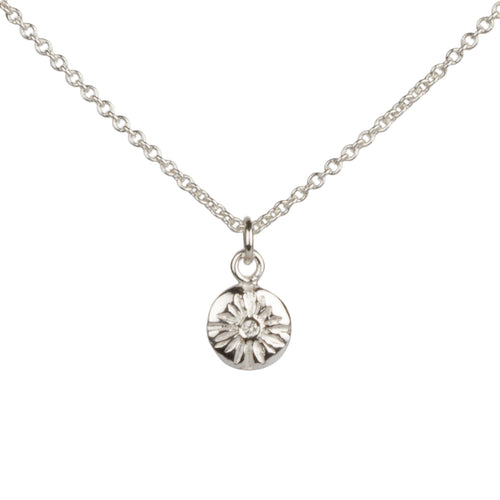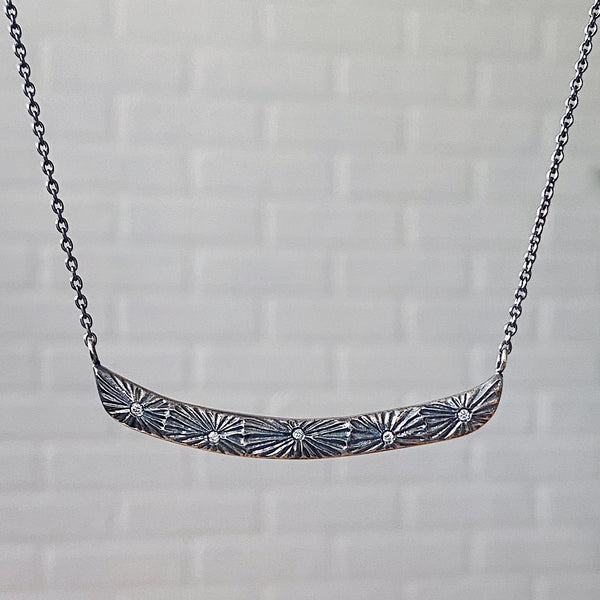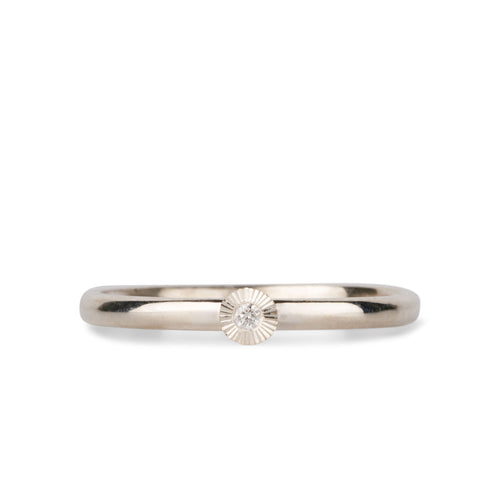e

From contemporary jewelry designs to art jewelry and sculpture, you’ve likely seen a lot more blackened silver these days. It's both trendy and edgy. Its contrasting color makes gemstones and diamonds pop! But you also may be wondering what exactly is oxidized silver? And just as important, how should you expect it to wear over time?

About Oxidized Silver
A piece of blackened or oxidized silver is true sterling silver, but it’s surface has been intentionally darkened through by introducing it to a chemical process. This patina, a surface color that occurs when the silver is introduced to sulfides, is a sped up version of the natural tarnishing process. A layer of silver sulfide forms on the exterior of the metal giving it a blackened look.
A quick aside: The term oxidizing is a misnomer since the process is caused by the introduction of sulfides and not oxygen. But nevertheless, the industry terminology has stuck although it’s not technically correct.
Necklaces
View All




We jewelers use a chemical compound such as liver of sulphur, a potassium sulfide, to create the blackened surface on silver jewelry. The range of colors that can be achieved from this process is extensive. At full strength, the color will appear a matte gunmetal black. But with a controlled application, a whole rainbow of colors can be achieved including blues, purples, yellows, and reds.
Like other patinas, oxidized silver is just a surface treatment and does not change the internal color or properties of the metal.
Earrings
View All




How Does Blackened Silver Wear?
As I mentioned before, oxidized silver is only a surface treatment. Just the top layer of metal particles have been given that blackened color. Over time and depending on the amount of wear you give your pieces, the oxidized finish will polish off and the true color of the silver will shine through.
The look of your blackened silver piece will gradually change over time, so it’s best to brace yourself for the evolution of the piece when you purchase it.

Oxidized finishes have the longest life on pieces that come into minimal contact with their surroundings, such as earrings and necklaces. Rings and bracelets tend not to hold their color quite as long since they rub on things we touch more frequently. Blackened finishes which have been applied to the recesses of a design tend to hold their color best while the raised areas of the piece polish up over time.
It’s best to remove your oxidized silver jewelry before aggressive contact and when showering or washing your hands to prolong the dark color. In general, oxidized silver jewelry should not be cleaned with jewelry cleaning dips or aggressive polishing that will strip the blackened surface. If cleaning is necessary, use mild dish detergent and soft toothbrush with as little rubbing as possible.
Rings
View All



The oxidized finish of jewelry can be restored at any time. Simply ask the maker for a re-blackening (I happily re-blacken any items from my collection at no charge) or inquire at your local jeweler to see if they can touch up your oxidized finish.




